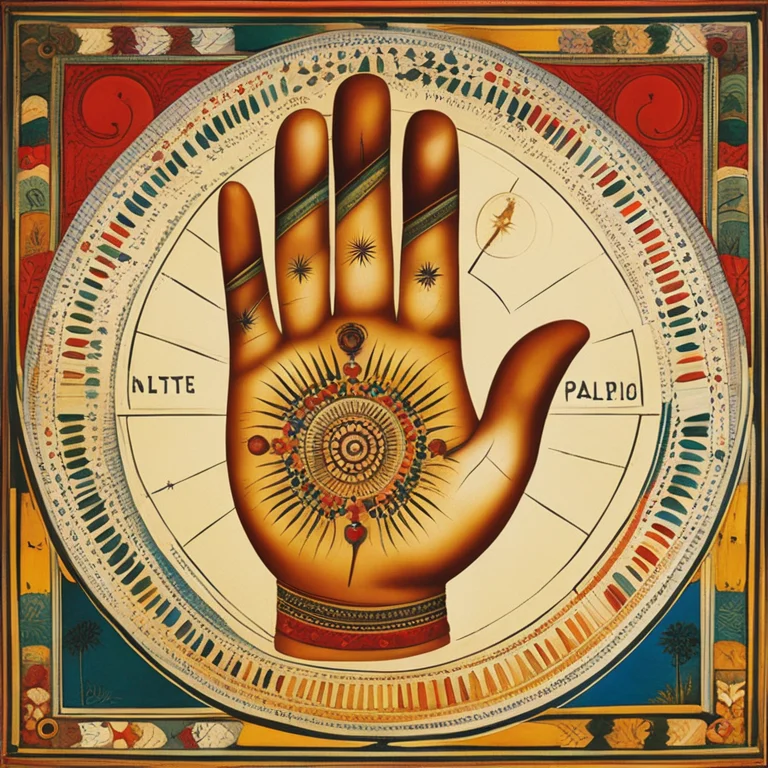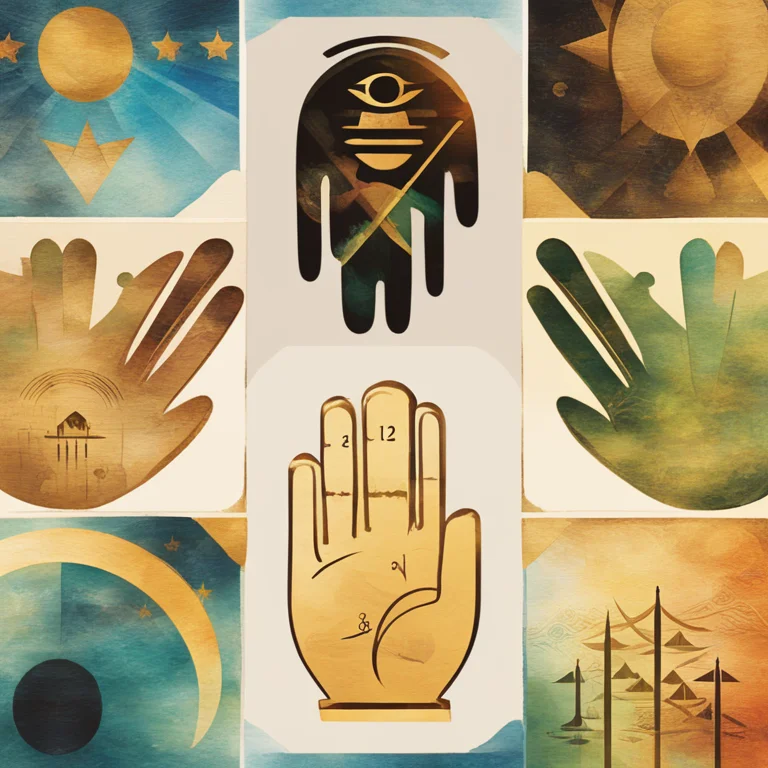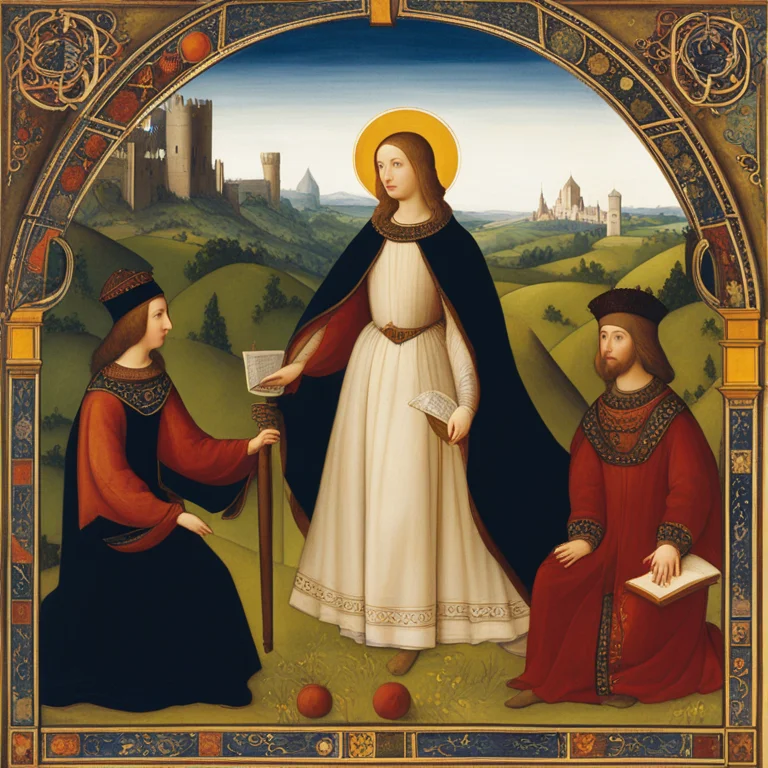
The Origins of Palmistry: Tracing Its Inception
Delve into the fascinating history of palmistry to learn about its ancient roots and how this intricate art has been practiced through the ages.
article by Nora Pennington
Ancient Beginnings
Long before palmistry became a topic of fascination in modern pop culture, its practice can be traced back to several ancient civilizations. Rooted in a rich history that spans thousands of years, many researchers believe palmistry, or chiromancy as it's technically known, originated in India. The earliest evidence points towards Hindu astrology, with sacred texts such as the 'Vedas' detailing the earliest known palmistry principles. As traders and scholars traveled, they carried these insights, allowing palmistry to seep into various cultures across the continents.

Global Dissemination
As the art of palm reading spread, it encountered diverse interpretations and evolutions. It surfaced in China, Egypt, and among the Babylonians, and eventually, the Greeks and Romans adopted the practice, which linked it to their gods and mythology. Aristotle, the ancient Greek philosopher, is said to have penned an exposition on palmistry, presenting the idea to Alexander the Great who used it to scrutinize his officers, suggesting a personalized approach to leadership and trustworthiness.

The Middle Ages and Beyond
The Middle Ages saw a dichotomy in the reception of palmistry across Europe. The Church, which held significant power over public sentiment, often associated palm reading with heretical beliefs. As a result, the practice went underground and was passed on in private, away from the public eye and the stake. Despite such resistance, palmistry survived and resurfaced during the Renaissance, aligning itself with emerging scientific discoveries and the humanist movement's search for knowledge about the natural world.

Modern Palmistry Emerges
The late 19th and early 20th centuries marked a distinct shift in palmistry's acceptance. It found a new lease of life through figures such as Cheiro (William John Warner), who studied under gurus in India and subsequently returned to the West to popularize the art. He penned influential books and offered readings to celebrities and politicians, thereby ingraining palmistry into the spiritual and popular consciousness of the era.

Scientific Scrutiny and Public Perception
In contemporary times, despite skepticism from the scientific community, palmistry has managed to hold a place in the public's esoteric interests. With the dawn of the digital age, interest in palmistry has proliferated online with websites, apps, and social media platforms dedicated to teaching, sharing, and providing readings. The precision of the age-old readings is now bolstered by software algorithms, which analyze hands and provide insights, albeit with contentious accuracy.
The Future of Palmistry
As we look to the future, palmistry continues to adapt to cultural shifts and technological innovations. It's not uncommon to see it intersecting with biofeedback technology or being integrated into wellness programs. Regardless of the debates surrounding its legitimacy, palmistry's resilience as a form of intuitive art and self-exploration suggests that it will remain a facet of human curiosity for years, if not centuries, to come.
Published: 1/11/2024
Modified: 1/11/2024
More predictions
Come back here soon to learn more about yourself and your future


The Basics of Palm Reading: A Beginner's Guide
Discover the basics of palm reading in this comprehensive guide aimed at beginners interested in the ancient practice of palmistry.


Guide to Palm Reading: Lines and Interpretations
Discover the ancient art of palmistry with our concise guide to reading palms and understanding their meaning for life and personality insights.


The Secrets of Palmistry: Interpreting Hand Reading Lines
Delve into the fascinating world of palmistry and discover what your hand reading lines reveal about your destiny, personality, and future.